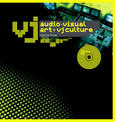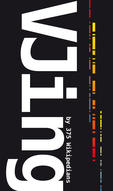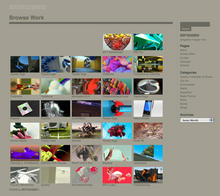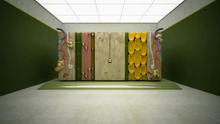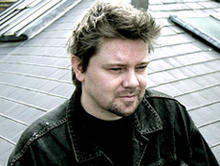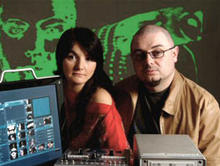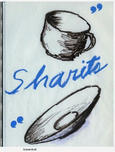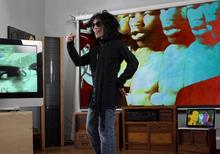Funkstörung: The Zoo
(2004)- Zeitguised's interpretation of The Zoo by Funkstörung is a lighthearted piece that affirmates the facility of synthetic constructions against the heavy, serious notion of established constructions.
Featured as part of their Isolated Funkstörung Triple Media DVD.
It visualizes the track's intricate layers of sounds by combining the flicker stop motion cutting style of Alex Rutterford's Gantz Graf (Autechre) with photoreal rendering, glowing surfaces and boolean geometry artifacts.
Familiarly dull and generic, the environment of unappreciated places offers a perfect backdrop for a zoo of ideas, artifacts and machines. They inhibit a technologically more and more explicit world, where human transport seems to be the least objective for them. Instead, they are part of an ever evolving stream of becoming, of development, accident, recombination and distorted proliferation. Their busy self-perpetuation creates gentle monstrocities and monstrous poetry.
It shows that the merging nano-, bio-, and information technologies have rendered the concept of human authenticity and originality obsolete, that artificial materials create their own artifacts and their future shape.
Source: Zeitguised's website
